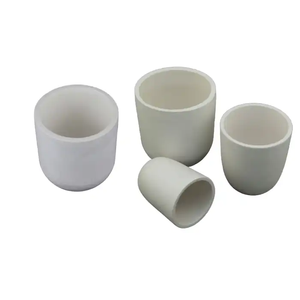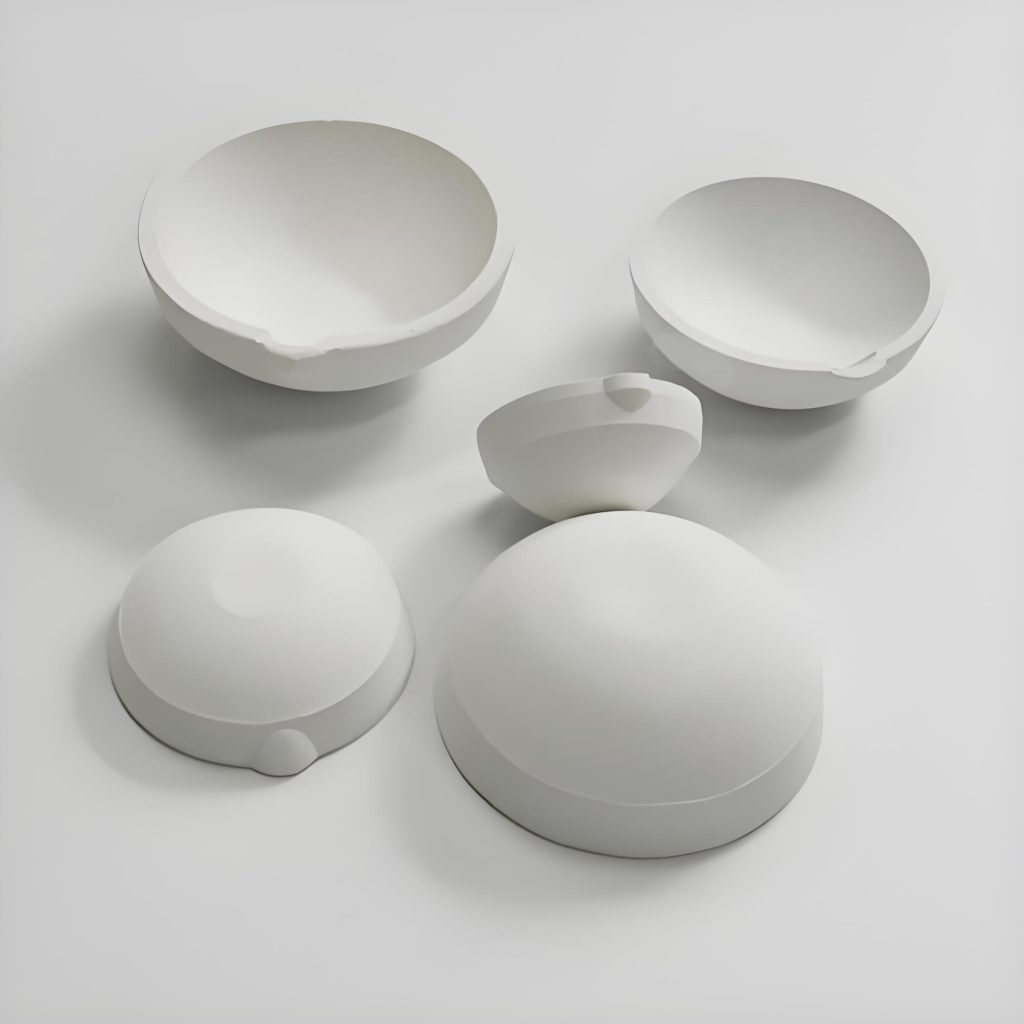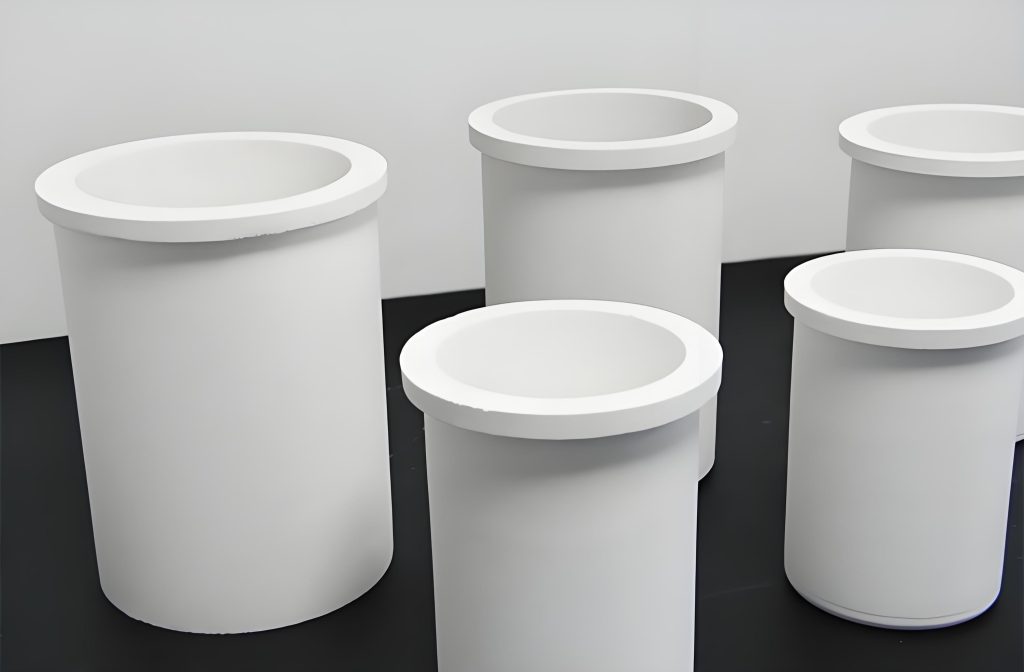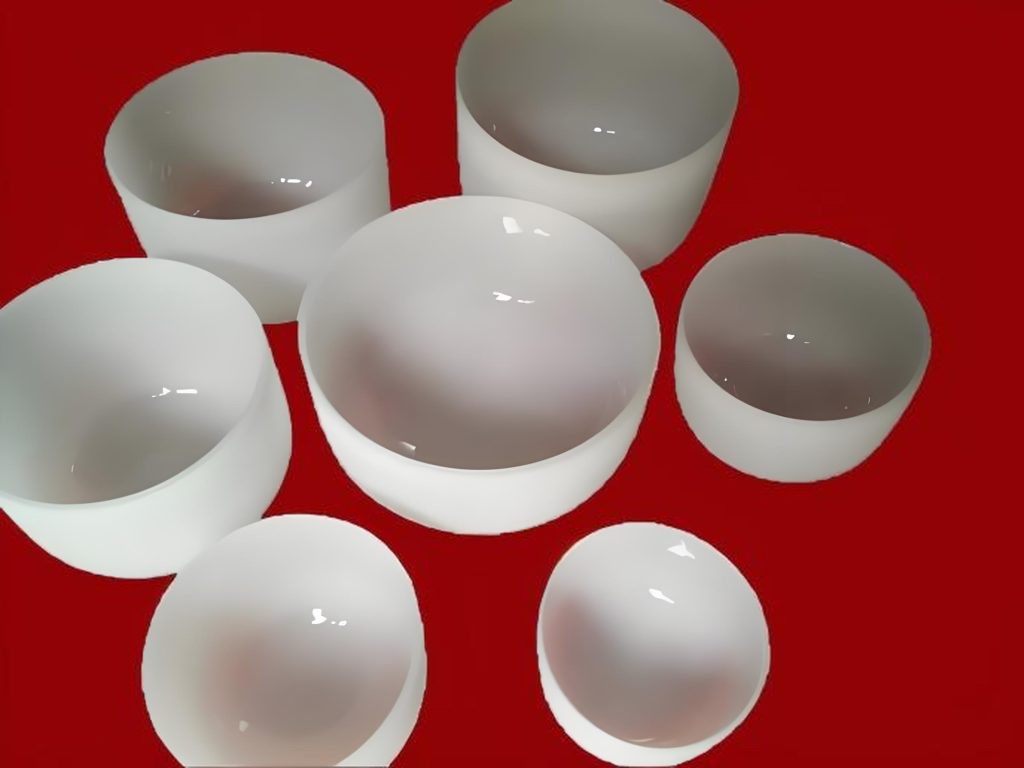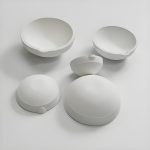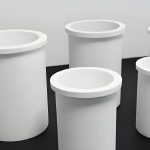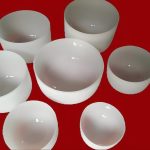Discover Premium Ceramic Products | Durability & Elegance United | Advanced Ceramics
PRODUCT PARAMETERS
Description
Overview of Quartz Crucible:
Quartz crucible is a container made from fused silica (SiO₂) or synthetic quartz, known for its exceptional thermal stability, chemical inertness, and ability to withstand high temperatures. These crucibles are indispensable in various industrial and scientific applications where purity and durability are critical.
Features of Quartz Crucible:
High Thermal Stability: Can withstand temperatures up to approximately 1600°C without significant degradation.
Chemical Inertness: Highly resistant to most chemicals, including acids and alkalis, except for hydrofluoric acid (HF).
Low Thermal Expansion: Has a very low coefficient of thermal expansion, which minimizes the risk of cracking during heating and cooling cycles.
Transparency: High-purity quartz crucibles can be transparent, allowing for visual monitoring of processes.
Purity: Extremely high purity levels (up to 99.99% SiO₂), reducing contamination risks in sensitive processes.
Electrical Insulation: Acts as an excellent electrical insulator at both room temperature and elevated temperatures.
Mechanical Strength: Good mechanical strength, although it can be brittle and susceptible to thermal shock if not handled properly.
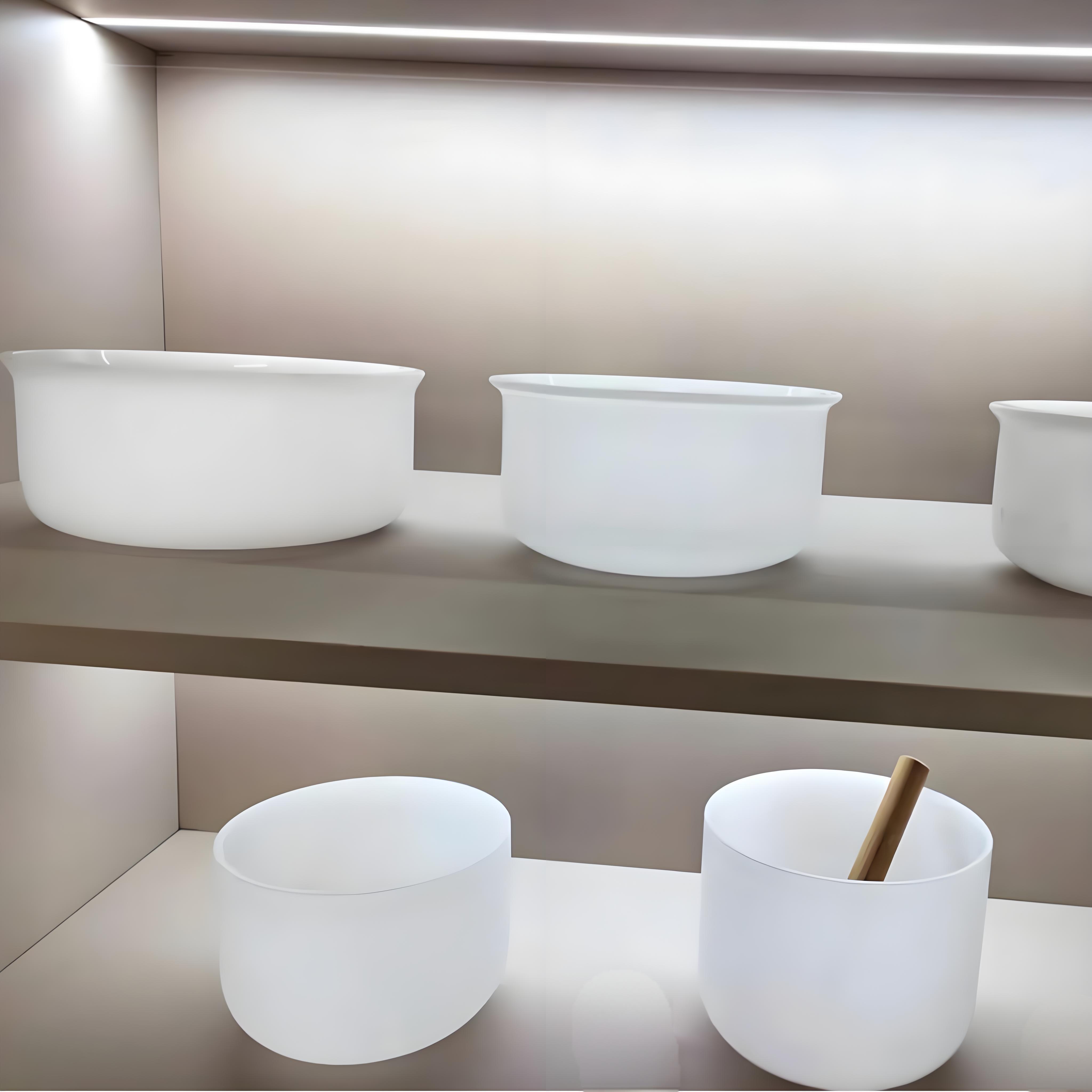
Specifications of Quartz Crucible:
| Property | Specification |
| Material | Fused silica (SiO₂) or synthetic quartz |
| Maximum Operating Temperature | Up to 1600°C (2912°F) |
| Coefficient of Thermal Expansion | ~0.55 × 10⁻⁶ K⁻¹ at room temperature |
| Thermal Conductivity | ~1.38 W/m·K at room temperature |
| Density | ~2.2 g/cm³ |
| Chemical Resistance | Highly resistant to most acids and alkalis, except hydrofluoric acid (HF) |
| Transparency | Transparent (high-purity quartz); opaque varieties also available |
| Purity | Up to 99.99% SiO₂ |
| Electrical Resistivity | High; excellent electrical insulator |
| Mechanical Strength | Good but brittle; susceptible to thermal shock |
| Surface Finish | Can be polished to high precision (Ra < 0.1 μm) |
| Sphericity/Roundness | High precision, typically within ±0.002 mm |
| Weight Tolerance | Typically within ±0.5% |
| Typical Dimensions | Varies by application; common sizes include diameters from 50 mm to several meters |
| Wall Thickness | Varies by size and application; typical range from 1 mm to 5 mm |
| Annealing Requirement | Often annealed to relieve internal stresses |
| Color | Clear (for transparent varieties); white or off-white for opaque varieties |
Applications of Quartz Crucible:
Quartz crucibles, due to their exceptional properties such as high thermal stability, chemical inertness, and purity, find extensive use across a variety of industries.
1.Metallurgy
Metal Refining and Alloying: Quartz crucibles are used for melting and holding reactive metals like titanium, zirconium, hafnium, and others that require high-purity environments and resistance to chemical attack.
Precious Metal Processing: Ideal for refining precious metals such as gold, silver, platinum, and palladium, where contamination must be minimized.
2.Glass Manufacturing
Glass Melting: Essential in the production of high-quality optical glasses, borosilicate glass, and specialty glasses. The low reactivity of quartz prevents contamination from the crucible material.
Laboratory Glassware: Used in the fabrication of precision laboratory glassware, ensuring purity and durability.
3.Semiconductor Industry
Silicon Ingot Production: One of the most critical applications is in the Czochralski (CZ) method for growing single-crystal silicon ingots, which are used to manufacture semiconductor wafers for electronics and solar cells.
4.Laboratory Applications
Analytical Chemistry: Commonly used for ashing organic materials, gravimetric analysis, and other high-temperature reactions where minimal contamination is crucial.
Material Science Research: Employed in research involving phase transitions, sintering ceramics, and studying the behavior of materials under extreme conditions.
5.Chemical Industry
Synthesis of Chemicals: Used in the synthesis of chemicals and compounds that require high temperatures and inert environments.
Processing Corrosive Materials: Ideal for handling and processing corrosive materials without risk of contamination or reaction with the crucible material.
6.Optical Industry
Production of Optical Components: Used in the manufacturing of lenses, prisms, and other optical components requiring high purity and precise dimensions.
Fiber Optics: Critical in the production of fiber optic preforms, which are drawn into fibers for telecommunications.
7.Pharmaceutical Industry
Drug Synthesis and Purification: Used in the synthesis and purification of pharmaceutical compounds, especially those requiring high-purity conditions.
Sterilization: Can withstand sterilization processes, making them suitable for use in pharmaceutical laboratories.
8.Art and Craft
Glassblowing and Artistic Glassmaking: Artists and craftsmen use quartz crucibles for melting glass in kilns, ensuring that the glass remains free from impurities that could affect its color or clarity.
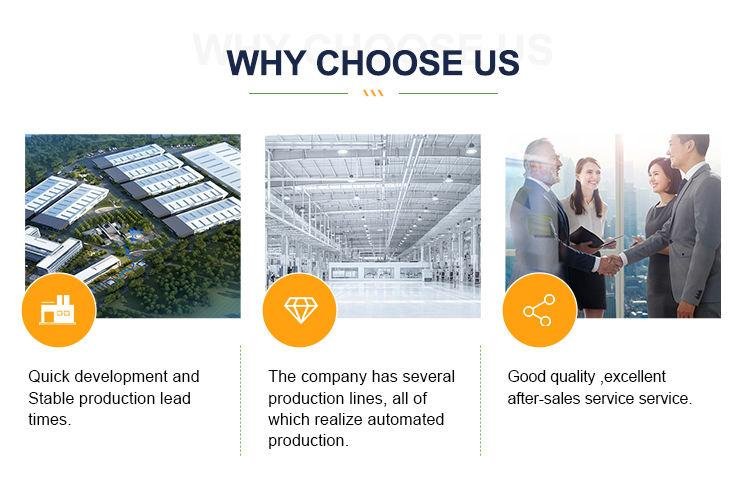
Company Profile
Advanced Ceramics founded on October 17, 2012, is a high-tech enterprise committed to the research and development, production, processing, sales and technical services of ceramic relative materials and products. Since its establishment in 2012, the company has been committed to providing customers with the best products and services, and has become a leader in the industry through continuous technological innovation and strict quality management.
Our products includes but not limited to Quartz Crucible Products, Boron Carbide Ceramic Products, Boron Nitride Ceramic Products, Silicon Carbide Ceramic Products, Silicon Nitride Ceramic Products, Zirconium Dioxide Ceramic Products, etc. Please feel free to contact us.(nanotrun@yahoo.com)
Payment Methods
T/T, Western Union, Paypal, Credit Card etc.
Shipment Methods
By air, by sea, by express, as customers request.

FAQs of Quartz Crucibles
1.What are the key properties of quartz crucibles?
- Answer: Key properties include:
- High thermal stability (up to 1600°C).
- Chemical inertness is resistant to most acids and alkalis except hydrofluoric acid (HF).
- Low coefficient of thermal expansion, minimizing cracking during temperature changes.
- High transparency (for high-purity varieties), allowing visual monitoring.
- Excellent electrical insulation.
- Extremely high purity (up to 99.99% SiO₂).
2.How does a quartz crucible compare to other types of crucibles?
- Answer: Compared to metal or ceramic crucibles, quartz crucibles offer superior chemical resistance and thermal stability. They also have lower thermal expansion, reducing the risk of cracking. However, they can be more brittle and susceptible to thermal shock if not handled properly.
3. What is the typical wall thickness of a quartz crucible?
- Answer: Wall thickness varies based on size and application but generally ranges from 1 mm to 5 mm. Thicker walls provide greater mechanical strength but may reduce heat transfer efficiency.
4.How do you clean a quartz crucible?
- Answer: Cleaning methods depend on the contaminants:
- For general cleaning: Rinse with distilled water and dry thoroughly.
- For organic residues: Use solvents like acetone or ethanol.
- For inorganic residues: Soak in diluted acid solutions (avoid HF).
- For stubborn residues: Heat the crucible to a high temperature (above 1000°C) to burn off residues.
5.Is it safe to handle quartz crucibles at high temperatures?
- Answer: Handling quartz crucibles at high temperatures requires proper safety measures:
- Use heat-resistant gloves and tongs.
- Work in a well-ventilated area.
- Allow the crucible to cool down before handling.
- Avoid sudden temperature changes to prevent thermal shock.
REQUEST A QUOTE
RELATED PRODUCTS
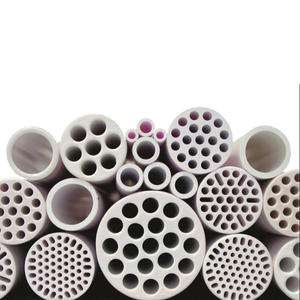
350 Fused Silica Melting Dishes /quartz Ceramic Crucible Boat Ceramic Melting Crucible
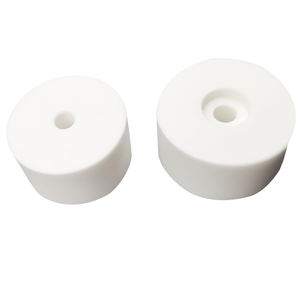
Factory Custom Heat Resistant Alumina Ceramic Crucible Large Silica Opaque Quartz Crucible
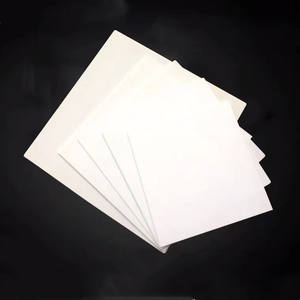
Quartz Shield Ceramic Crucible for Melting Gold Sliver Steel Melting Crucible Use on Jewelry Melter
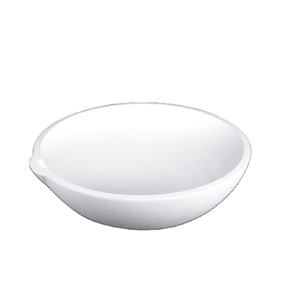
Water Jet for Marble Quartz Ceramic Tiles Cutting 5 Axis Waterjet Cutting Machine Stone Cutter
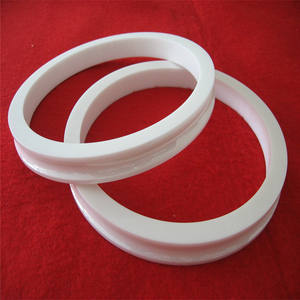
Factory Porcelain Ceramic Countertop Rack Stone Desk Marble Granite Wooden Sample Quartz Display Stand
